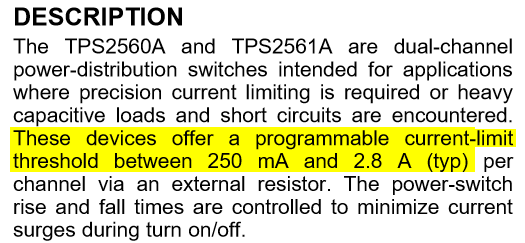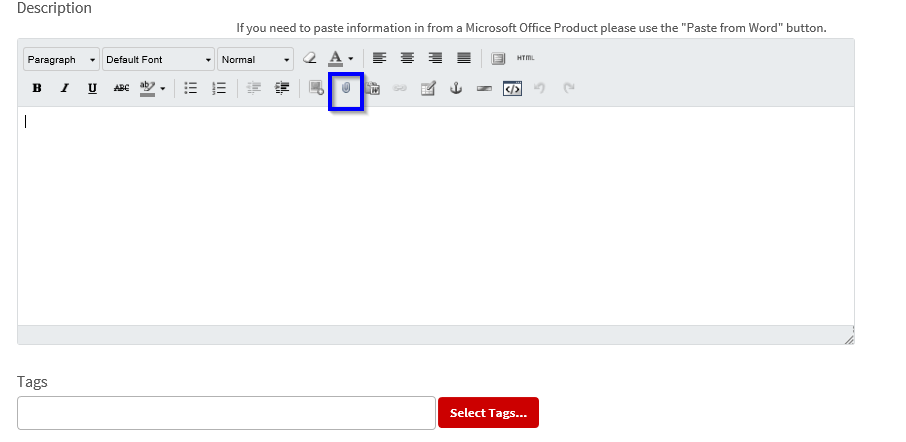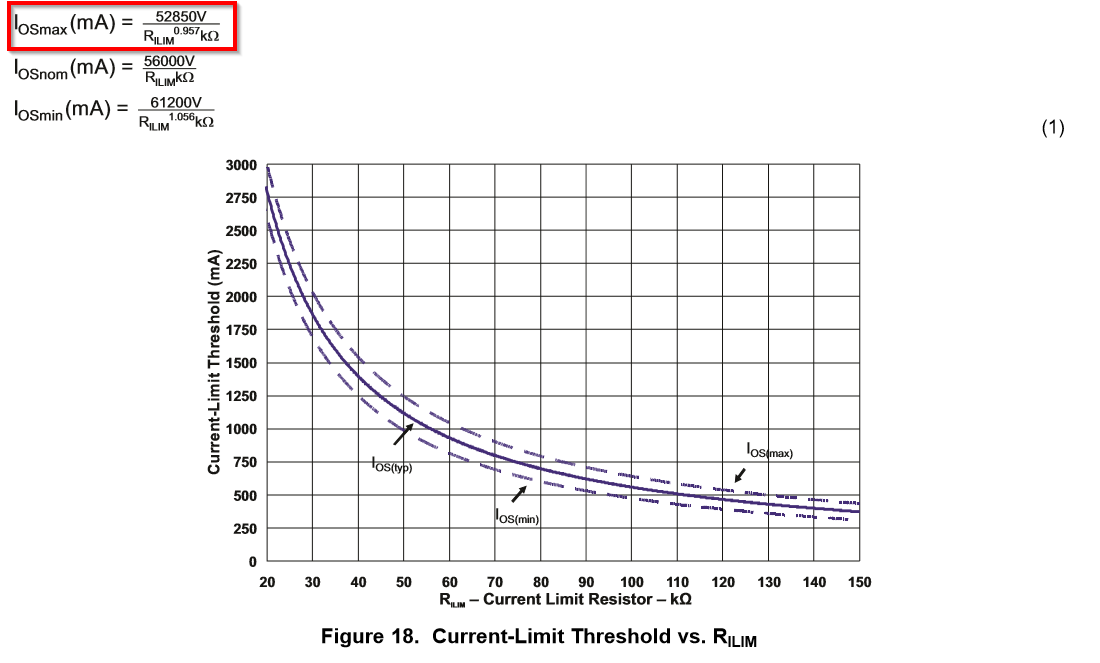Other Parts Discussed in Thread: TPS2513EVM-527, TPS2513, TPS2561A,
I am using the TPS2513EVM-527 evaluation module to try to charge the battery on the Samsung Galaxy S6 and S3, as well as the iPhone 6S. My input to the evaluation board is a 5 volt regulator that can source 40 mA. When I power up the board the LED's light up indicating proper operation. When I plug in any one of the phones to the demo board, the phone indicates that it is charging. The battery icon shows charging is active, but after several minute the charge percentage indicator drops by one percent. The phones think they are being charged but the battery charging percentage is dropping. I am wondering if this reference board is suitable for charging these types of phones. Can anyone offer some support or guidance?
Thanks







